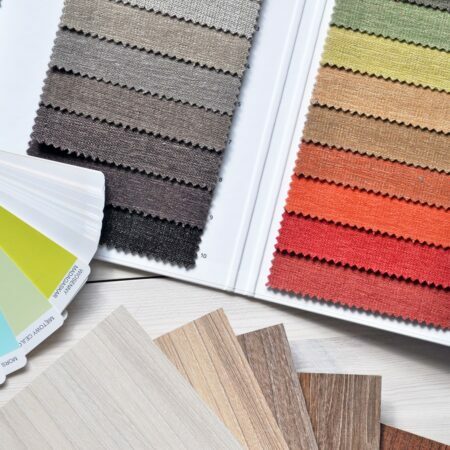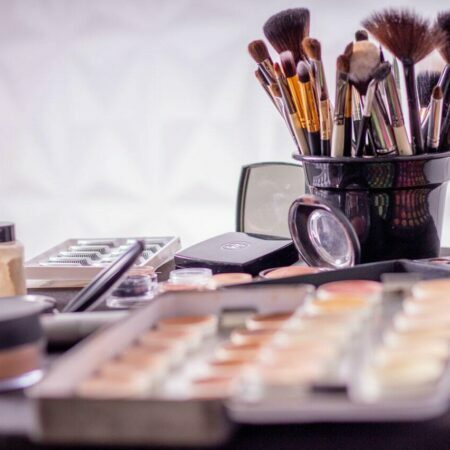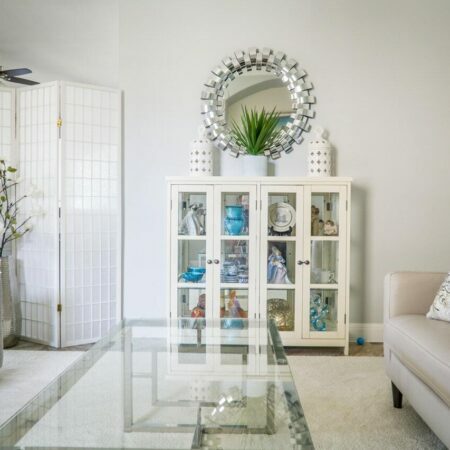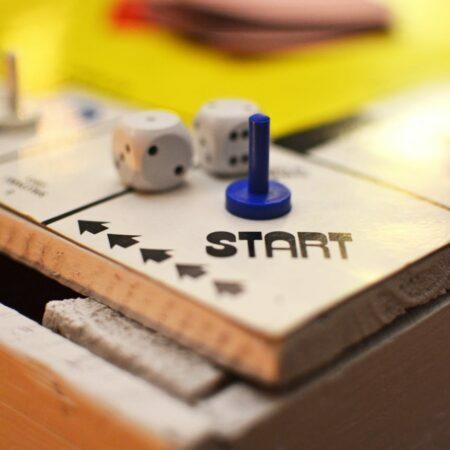Whether you’re a public-facing company that sells products in-person or are a small business looking to make the right impression on your employees and clients, the design of your company matters. This goes far beyond just a simple logo and typeface. Rather, using your brand to inform the design aesthetic of your business means finding different ways to create a cohesive brand experience and workplace culture all at once. When it comes to establishing a design aesthetic for your business, here are several factors to keep in mind.
Establish a mood and concept
When you think about your design aesthetic, it’s important to consider how you want your employees and customers to feel in your space. Businesses that want to feel modern and calming will likely find minimalist design concepts useful and choose a palette of cooler tones. On the other hand, if you’re a marketing firm known for its bold and wild ideas, picking a more vibrant color palette and unique furniture pieces can go a long way in communicating the energy of your company. Remember that the environment is a major player in how you feel each day, so make design choices that communicate the mood you’re aiming for.
Consider form and function
Just because something looks great and matches your brand doesn’t mean that you should immediately go for it. For example, if your company uses a triangle as a major component in its logo, you may want to think of other ways to implement this concept into your design than just buying a bunch of triangular furniture pieces. Consider form and function when picking out decor and furniture, and make sure that the pieces you select are more than just trendy-looking items. When it comes to finding electronics to outfit your office place with, it’s hard to beat a retailer like The Store. The Store has everything you need to make sure that your desks, meeting rooms, and common spaces are well-equipped with the devices and tech necessary to do a great job.
Keep each workspace in mind
Office space planning can become even more difficult when it comes to unifying a building with multiple departments. For example, your marketing and communications departments may need dry erase boards or walls in their offices, but other departments can probably forego these kinds of things. Additionally, just because you have a minimalist concept doesn’t mean that your meeting rooms should be devoid of all character, or else your clients may find themselves bored in your presence. Think about what each space in your business needs in order to be successful and then begin to layer in your design aesthetic. Doing so will ensure that your aesthetic doesn’t get in the way of anybody’s productivity.
Know when to accent or deviate
Even if you have a design aesthetic you love, it can be a delicate task balancing each space in your business. While a bright, vibrant design aesthetic with wacky wall art may be great for a waiting area or lobby, carrying some concepts throughout every room in your building can feel one note or even inappropriate. Really think through how your aesthetic can shift and find variation from room to room, so that nothing in your business feels forced. Doing this crucial audit of your design plans can be difficult; however, you’ll be grateful to have deviated from your overall aesthetic here and there when you see how it actually helps to strengthen your core design choices.
Establishing a design aesthetic goes well beyond picking a bunch of green furniture and wall hangings just because your company’s logo is green. Balancing form, function, and mood can be a tricky task. However, with the above concepts in mind, you’ll be well on your way to finding the right balance and establishing a design aesthetic that sets you apart from your competitors and makes your customers and employees feel exactly how you want to.









